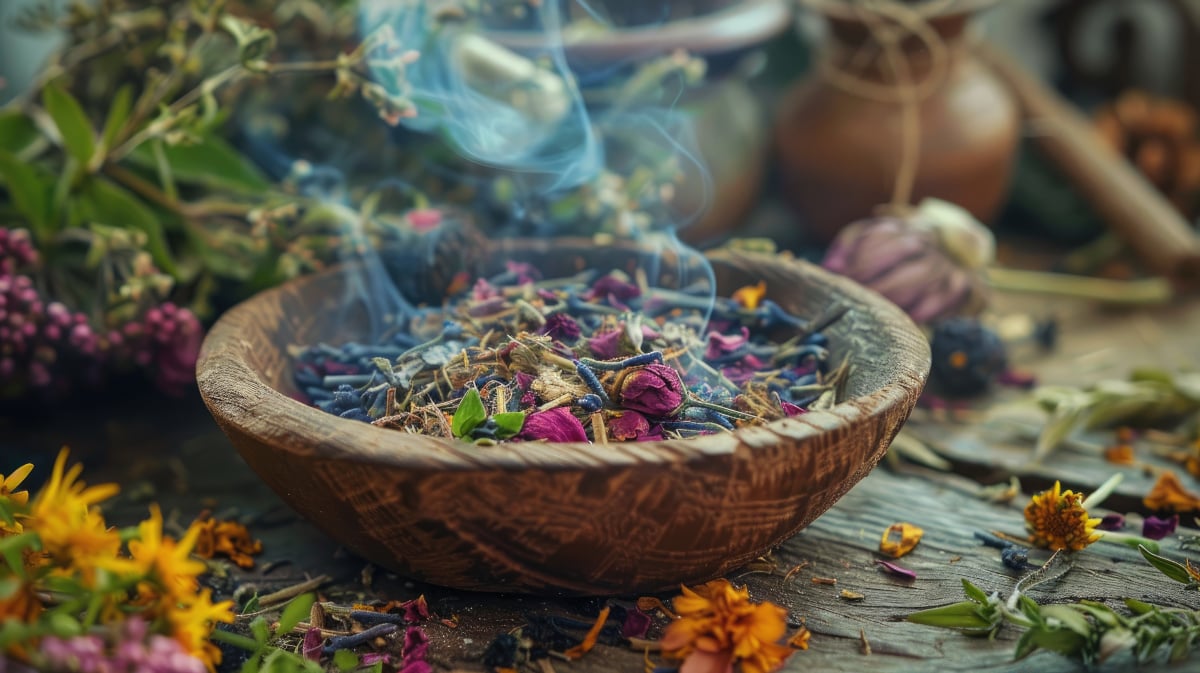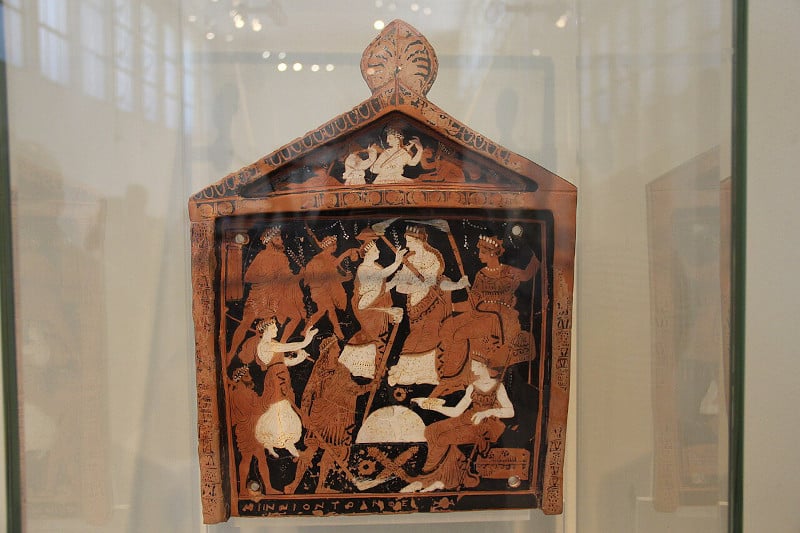
The Influence of Psychedelics and Mind-Altering Substances in Ancient Rituals and Governance
Throughout history, humans have sought to transcend the ordinary boundaries of consciousness, reaching for experiences beyond the everyday. They did this through various means, including the use of psychedelics and mind-altering substances. These substances have played a profound role in shaping ancient rituals, belief systems, and even governance. From the shamanic traditions of Siberia to the sophisticated ceremonies of the Maya, the use of psychoactive plants and compounds has been a ubiquitous feature of human culture. The influence of these substances extended far beyond mere spiritual exploration; they became intertwined with the very fabric of ancient societies, affecting political structures, social hierarchies, and religious practices. To fully understand their influence, we must study the intricate relationships between psychedelics, ritual practices, and governance in ancient civilizations, examining how these substances were used to achieve altered states of consciousness, connect with the divine, and wield power.
Visions From Beyond: The Role of Psychedelics in Ancient Rituals
Psychedelics have long been associated with religious and spiritual rituals, serving as gateways to the divine or as tools for gaining insight into the cosmos. In many ancient societies, these substances were not merely recreational but were integral to the religious experience, often seen as sacraments that enabled communication with gods or spirits.
- The Highs And Lows Of Ancient Heroin And Cocaine
- Psychedelic-Induced Mystical Experiences Throughout History
In many shamanic cultures, the use of mind-altering substances was central to the practice of shamanism. Shamans, who were the spiritual leaders of their communities, used psychedelics to enter altered states of consciousness, allowing them to interact with the spiritual realm. One of the most well-documented examples is the use of Amanita muscaria mushrooms by Siberian shamans. These mushrooms, containing the psychoactive compound muscimol, were consumed in rituals to induce visions and facilitate communication with spirits. The altered state was not only seen as a means of personal enlightenment but also as a way to gain knowledge that could benefit the entire community, such as insights into hunting grounds or the causes of disease.
Similarly, in the Amazon rainforest, the use of Ayahuasca - a brew made from the Banisteriopsis caapi vine and the Psychotria viridis leaf - has been a cornerstone of shamanic practices for centuries. The brew contains DMT (dimethyltryptamine), a powerful hallucinogen that induces intense visions. Shamans use Ayahuasca in ceremonies to heal the sick, communicate with spirits, and gain insights into the natural world. The ritual use of Ayahuasca is deeply embedded in the social and spiritual fabric of Amazonian cultures, with its influence extending into modern times.
The Ancient Mysteries
One of the most famous examples of psychedelic use in ancient rituals comes from the Eleusinian Mysteries in ancient Greece. These mysteries were secret religious ceremonies held annually in honor of Demeter and Persephone. Participants in the mysteries underwent a transformative experience, the nature of which remains shrouded in secrecy due to the sworn oaths of participants. However, it is widely believed that the key to the Eleusinian experience was a potion called kykeon, which may have contained ergot, a fungus that grows on rye and other grains and contains lysergic acid, a precursor to LSD.
"The Eleusinian Mysteries were not merely rituals but profound spiritual experiences that connected the initiate with the divine essence of life and death. The kykeon, a sacred brew, acted as the key to unlocking these mysteries, inducing visions that transcended mortal understanding. Through this psychedelic communion, participants glimpsed the eternal truths of existence, forging a bond with the gods that shaped their very worldview. The Mysteries were a transformative journey, where the boundaries between human and divine, life and death, were dissolved."
— Kallos, L. "Veils of Persephone: The Eleusinian Mysteries and Their Sacred Brew", 2021. Cassandra Books.
The kykeon is thought to have induced profound mystical experiences, allowing initiates to commune with the divine and gain insights into the mysteries of life and death. The Eleusinian Mysteries were a cornerstone of ancient Greek religion, attracting participants from across the Mediterranean and influencing philosophical thought for centuries.

Ancient Greek votive plaque depicting Eleusinian Mysteries. (Gary Todd / CC BY-SA 1.0)




